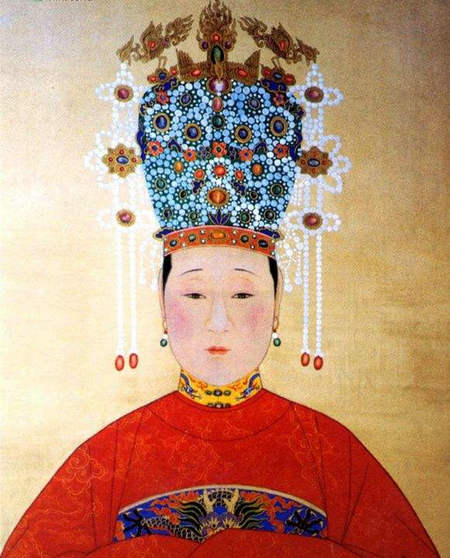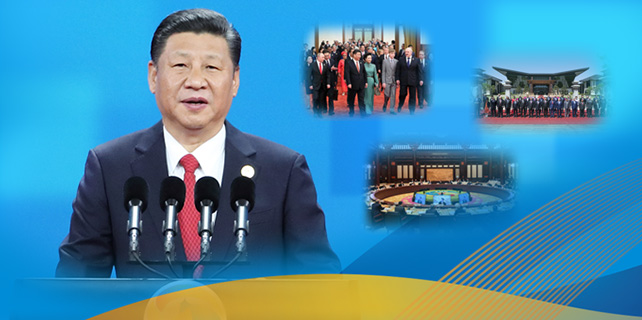Historic mausoleum's story of love, exile, life and death
 |
|
Empress Xiaojing. [Photo provided to China Daily] |
His mother, Empress Xiaojing, was spared this tragic end, having died in 1603, still confined to her own corner, almost blind and fearful for her son's future. (Those fears turned out to be well founded. Her son, the crown prince, confronted an intruder in his palace in 1615, and the man, waving a stick, hit a guard before being captured. Although the intruder was declared to be insane and was executed, it was widely believed by then that Consort Zheng and her cohort were behind the intrusion and abortive attack.)
In fact, when Xiaojing died it was not as an empress. In 1620, 17 years after her death, Emperor Wanli bade his own reluctant farewell to the world, followed by Xiaojing's son, the new emperor, six weeks later. When Emperor Xizong, Xiaojing's grandson, ascended to the throne in September that year he decided to honor his long-suffering late grandmother with another burial-this time as an empress instead of a mere consort (concubine) and together with the emperor.
Also buried was Wanli's real and only empress in life, Empress Xiaoduan, who died earlier that same year, in April 1620, aged 56. Unlike Consort Zheng, history has cast Xiaoduan as a woman with a big heart, the protector of Xiaojing's son.
"The coffin of Xiaojing was relocated to the Dingling Mausoleum, from its original burial place about five kilometers away," Hu said.









